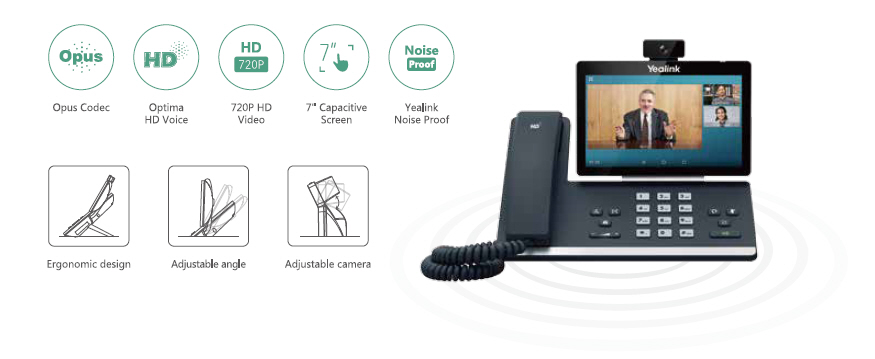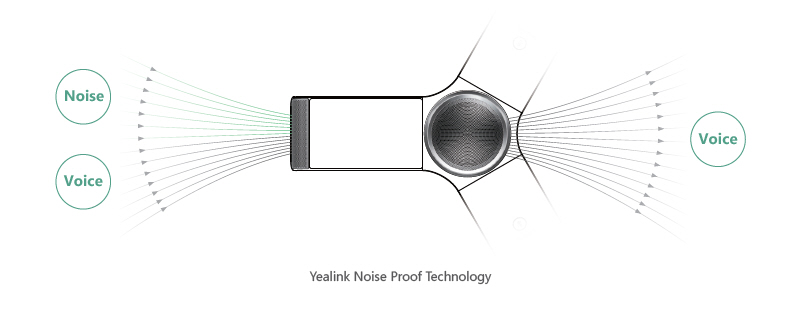Introduction
In today's fast-paced world, communication has transformed dramatically. From the early days of analog systems that relied on physical wires and circuit switching to the modern marvels of Voice over Internet Protocol (VoIP) phone systems, the journey has been nothing short of extraordinary. This article delves deep into The Evolution of Communication: From Analog to VoIP Phone Systems, exploring how technology has changed our interactions and what it means for businesses and individuals alike.
The Evolution of Communication: From Analog to VoIP Phone Systems
What is an Analog Phone System?
Analog phone systems are the traditional forms of telecommunication, employing electrical signals to transmit voice data over copper wires. These systems utilize circuit-switching technology, where a dedicated circuit is established between the caller and receiver for the duration of the call.

Key Features of Analog Systems
Circuit Switching: Maintains a constant connection during calls. Limited Features: Primarily voice communication with little to no additional functionalities. Physical Infrastructure: Requires extensive wiring and hardware installations.The Rise of Digital Communication
With the introduction of digital technology in the late 20th century, communication experienced a significant shift. Digital systems convert voice signals into binary data, allowing for more efficient transmission.
Advantages of Digital Over Analog
- Better Sound Quality: Digital systems often provide clearer audio due to less noise interference. Higher Capacity: Can handle multiple calls simultaneously without degradation in quality. Enhanced Security: Encryption capabilities make digital communications more secure.
The Birth of VoIP Technology
Voice over Internet Protocol (VoIP) emerged as a game-changer in the communication landscape. Unlike traditional analog or digital systems, VoIP converts voice into data packets that can be transmitted over the internet.
How Does VoIP Work?
VoIP works by breaking down audio signals into small packets, sending them over IP networks, and reassembling them at their destination. This allows for significant reductions in cost and increases in flexibility compared to traditional phone services.
Benefits of VoIP Phone Systems
Cost Efficiency
One of the most compelling reasons businesses opt for VoIP phone systems is cost savings. With reduced long-distance charges and lower infrastructure costs, companies can save significantly on their communication expenses.
http://lorenzovaxw534.theburnward.com/harnessing-the-power-of-video-conferencing-through-advanced-voip-phonesScalability
VoIP systems are incredibly scalable. Businesses can easily add or remove lines without needing extensive hardware changes.
Advanced Features
VoIP phone systems come packed with features such as voicemail-to-email, video conferencing, call forwarding, and more at no extra cost.

Comparing VoIP Phone Systems with Traditional Phones
| Feature | Analog Phones | VoIP Phone Systems | |------------------------|----------------------|-----------------------| | Call Quality | Moderate | High | | Scalability | Limited | Highly Scalable | | Cost | Higher Costs | Lower Costs | | Additional Features | Minimal | Extensive |
The Technological Shift Towards Internet-Based Communication
The advent of high-speed internet has made it easier than ever for users to transition from analog or traditional digital phones to VoIP solutions. With broadband becoming increasingly accessible globally, organizations have embraced this evolution wholeheartedly.
Challenges Faced by VoIP Technology
Despite its numerous advantages, adopting VoIP phone systems isn't without challenges:
- Reliance on Internet Connectivity: Calls depend heavily on stable internet connections. Quality Issues During Outages: Service interruptions can lead to dropped calls or poor quality. Security Concerns: Although encryption helps, VoIP remains a target for cyber attacks.
The Future of Communication Technology
As technology continues to advance rapidly, what does the future hold for communication? From artificial intelligence integration to advanced analytics that enhance customer interactions, we are poised on the brink of another transformation in how we communicate through our phones.
FAQs About VoIP Phone Systems
What is a VoIP phone system? A VoIP phone system uses internet protocol technology to transmit voice communications over broadband connections rather than traditional telephone lines.
How does a VoIP system compare with traditional telephone services? Compared to traditional services that rely on circuit-switched networks, VoIP provides greater flexibility, scalability, and cost-effectiveness while also offering advanced features.
Can I keep my existing phone number when switching to a VoIP system? Yes! Most providers offer number portability options that allow you to keep your current number when transitioning from traditional services.

What hardware do I need for a VoIP system? Generally speaking, you will need an internet connection and either specialized IP phones or adapters if you want to use your existing analog devices.
Are there any hidden fees associated with using a VoIP system? While many providers advertise low rates, it's essential to read contracts carefully as some may include additional fees like equipment rental or maintenance costs.
Is it possible to use a mobile device with a VoIP system? Absolutely! Many providers offer applications that allow you to use your smartphone or tablet as a fully functional VoIP phone.
Conclusion
The evolution from analog systems to modern-day VoIP phone systems marks one of the most significant advancements in communication technology history. As businesses continue embracing these changes for their efficiency and cost-effectiveness—alongside individuals who appreciate enhanced features—the future looks bright for voice communications powered by the internet.
In summary, understanding how we arrived at this point can help us appreciate not just where we are heading but also highlight how crucial effective communication remains in both personal and professional contexts today—and beyond!